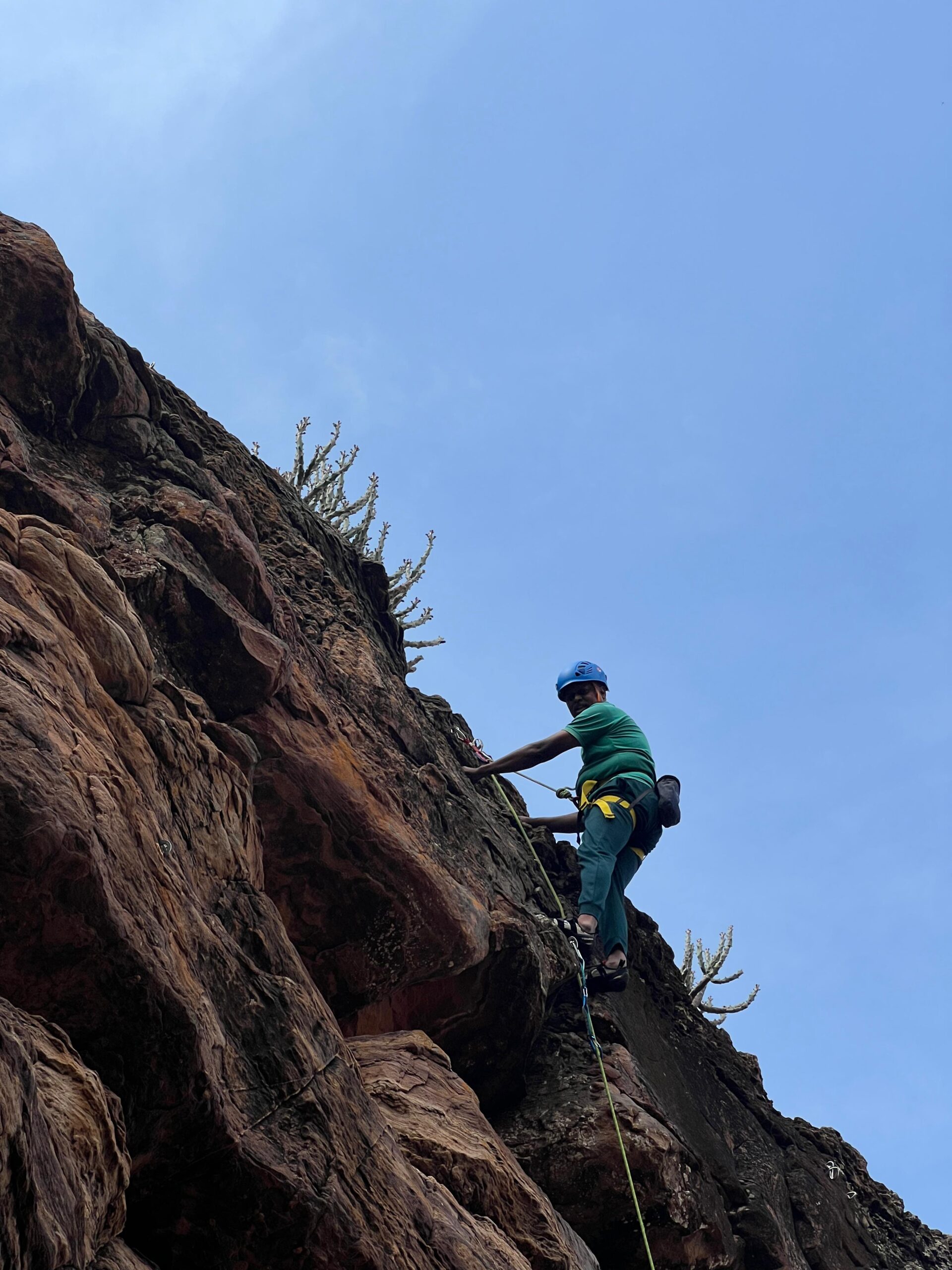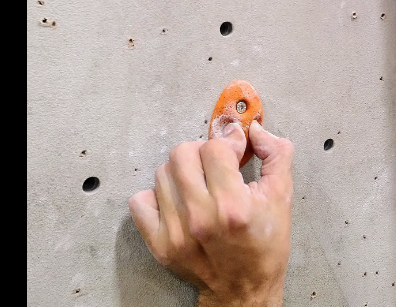Master the Skies: A Complete Guide to Aero Modeling
Aero modeling is a captivating hobby that blends creativity, engineering, and the thrill of flight. Whether you’re crafting your first model or refining advanced designs, aero modeling offers endless opportunities to explore the art of aviation. In this blog post, we’ll delve into the essentials of aero modeling, from its types and benefits to tips for beginners and enthusiasts.
What Is Aero Modeling?
Aero modeling refers to the design, construction, and flying of model aircraft. These miniature versions of airplanes, helicopters, and drones can be powered by engines or flown as gliders. Aero modeling serves as both a recreational activity and an educational tool for understanding aerodynamics and engineering principles.
Types of Aero Models
- Static Models: Built for display purposes, focusing on intricate details.
- Flying Models: Designed for flight, powered by engines, motors, or simple hand launches.
- Control Line Models: Flown in a circle using a physical tether.
- Radio-Controlled Models: Operated remotely via radio signals for full maneuverability.
Benefits of Aero Modeling
1. Enhances Technical Skills
Aero modeling involves precision, problem-solving, and an understanding of aerodynamics. These skills can foster an interest in engineering and technology.
2. Encourages Creativity
From design to painting, creating an aero model allows for self-expression and artistic freedom.
3. Builds Patience and Focus
Crafting and flying models require attention to detail and perseverance, making it a calming and rewarding hobby.
Getting Started in Aero Modeling

Step 1: Choose Your Model Type
Decide whether you want to build a static display model or a flying model. Beginners often start with simple kits before progressing to complex designs.
Step 2: Gather Tools and Materials
Common materials include balsa wood, foam, plastic, and adhesives. Ensure you have the necessary tools such as cutters, sandpaper, and paints.
Step 3: Learn the Basics
Familiarize yourself with aerodynamics, assembly techniques, and safety precautions. Many online tutorials and local clubs offer valuable guidance.
Step 4: Join a Community
Connect with aero modeling groups to share tips, participate in events, and gain insights from experienced hobbyists.
Safety Tips for Aero Modeling
- Use Protective Gear: Wear goggles and gloves when working with tools and adhesives.
- Follow Guidelines: Adhere to local regulations for flying model aircraft.
- Inspect Equipment: Regularly check your models and controllers for any faults.
Aero Modeling for All Ages
Aero modeling is a hobby that transcends age. While kids can enjoy building simple kits, adults can challenge themselves with advanced designs and competitive flying events.
Educational Benefits for Kids
Aero modeling introduces young minds to STEM (Science, Technology, Engineering, and Mathematics) concepts in a fun and interactive way.
Relaxation and Recreation for Adults
For adults, crafting and flying models can be a relaxing escape from daily stresses.
Conclusion
Aero modeling is more than just a hobby; it’s a journey into the fascinating world of flight. With its blend of creativity, technical skills, and community engagement, this activity has something to offer for everyone. Whether you’re an aspiring engineer, an artist, or simply someone looking for a fulfilling pastime, aero modeling opens the door to endless possibilities. So, gather your tools, unleash your creativity, and let your models take flight!

